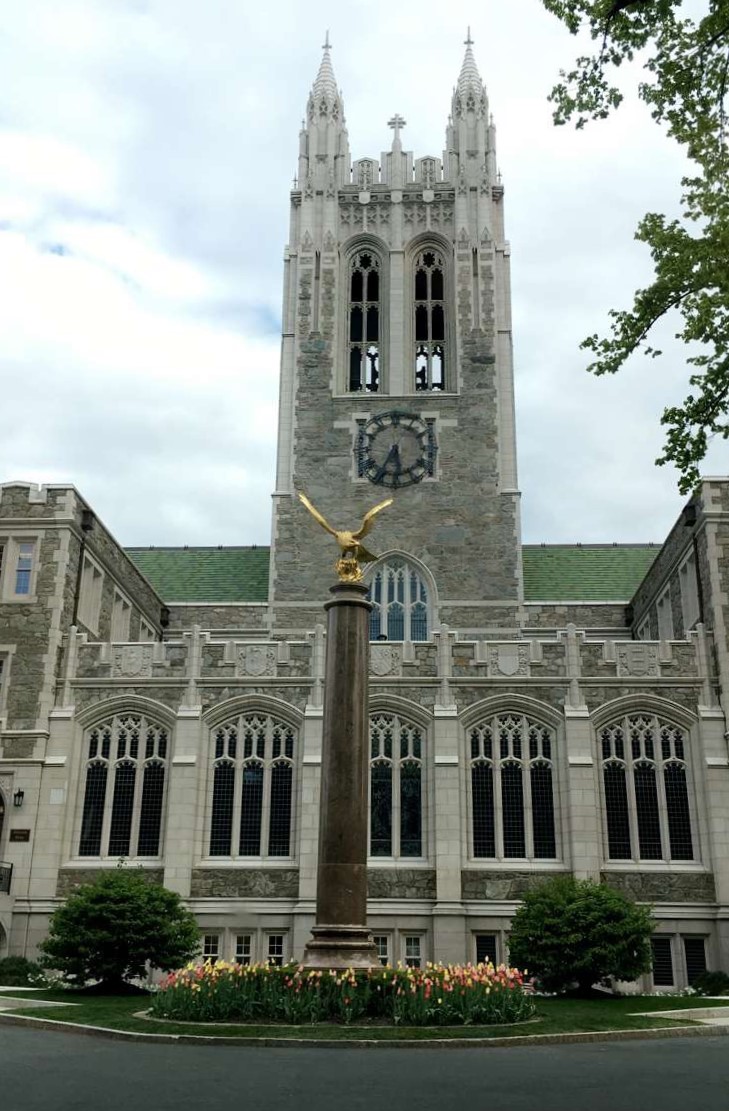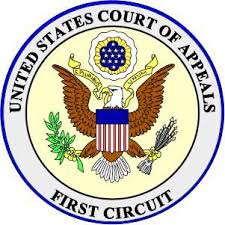New Title IX Regulations Impose Procedural Protections for Some Students Accused of Sexual Misconduct, But Allow Schools Wide Discretion in Dealing with Other Situations
 The new Title IX regulations from the Department of Education (summarized by my colleague here) promise significant procedural protections for students accused of sexual misconduct, and require that all potential victims of sexual harassment be offered supportive services at a minimum. Among other things, the regulations mandate that, in response to a “formal complaint” of “sexual harassment,” a university give an accused student notice of the allegations and sufficient time to prepare for any meetings, an opportunity to gather and present evidence to an unbiased investigator who must presume the accused student’s innocence, and a live hearing at which the accused student’s attorney or other advisor can cross-examine the complainant and other witnesses, among other requirements.
The new Title IX regulations from the Department of Education (summarized by my colleague here) promise significant procedural protections for students accused of sexual misconduct, and require that all potential victims of sexual harassment be offered supportive services at a minimum. Among other things, the regulations mandate that, in response to a “formal complaint” of “sexual harassment,” a university give an accused student notice of the allegations and sufficient time to prepare for any meetings, an opportunity to gather and present evidence to an unbiased investigator who must presume the accused student’s innocence, and a live hearing at which the accused student’s attorney or other advisor can cross-examine the complainant and other witnesses, among other requirements.
However, the regulations narrow the scope of Title IX’s applicability to sexual harassment significantly compared to how many institutions currently apply it. Allegations of sexual assaults off campus or outside the country, sexual harassment where the complainant is not affiliated with the accused student’s university, and acts that do not meet the stringent definition of sexual harassment in the regulations are among various situations that are left out of the procedures required by the regulations. As to these allegations, universities seem to have a freer hand, subject to the requirements of other federal and state laws.
 Boston Lawyer Blog
Boston Lawyer Blog














